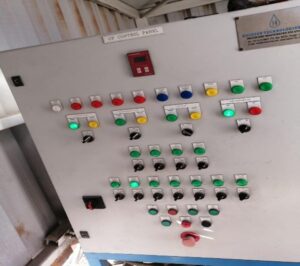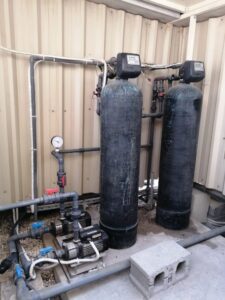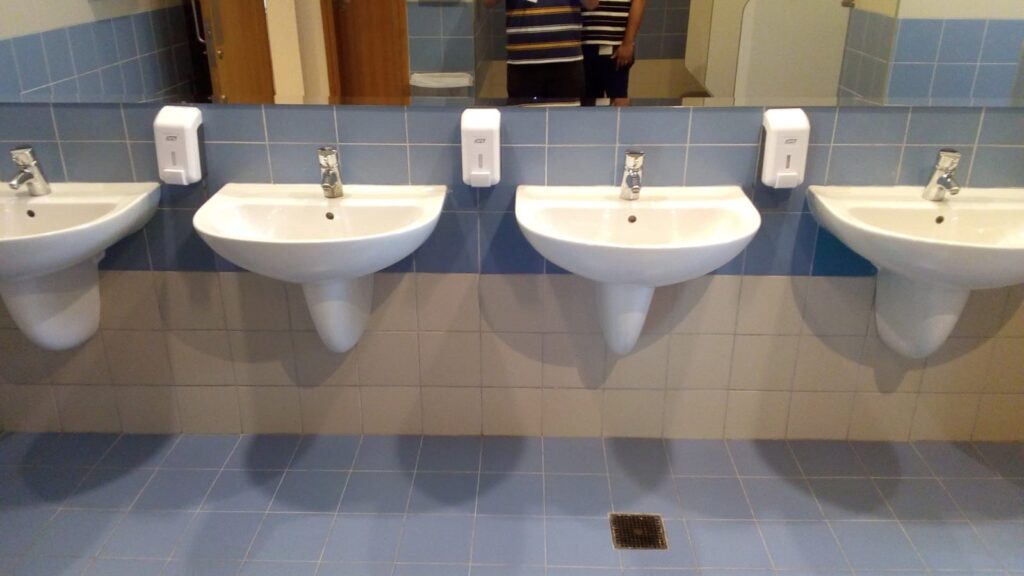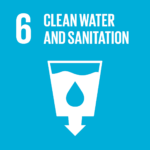The grey water system at Campus is a sustainable initiative that supports the United Nations Sustainable Development Goal 6: Clean Water and Sanitation. The system has a capacity of 16 cubic meters per day, which is significant considering the amount of water that can be saved through its implementation. The grey water system collects wastewater from the wash basins of the toilets and filters it for reuse in two ways: for flush tanks of the toilets and for irrigation purposes. This reduces the amount of fresh water that is required for these activities, thereby conserving water resources and promoting sustainable water management practices. The use of grey water for flushing toilets is particularly effective because it does not require high-quality water. Grey water is not suitable for drinking or cooking, but it is still safe for other uses such as flushing toilets and irrigating plants. By using grey water for these purposes, the demand for fresh water is reduced, and the amount of wastewater that needs to be treated is also minimized. In addition to conserving water resources, the grey water system also helps to reduce the environmental impact of wastewater. Wastewater can contain pollutants such as chemicals, microorganisms, and other harmful substances that can contaminate water sources and negatively impact human health and the environment. By filtering and reusing grey water, the amount of wastewater that needs to be treated and discharged into the environment is reduced, thereby reducing the risk of pollution. Overall, the grey water system at Campus is a sustainable initiative that supports SDG 6 by promoting water conservation and sustainable water management practices. By implementing systems like this, universities can lead by example and encourage others to adopt similar sustainable practices for a more sustainable future.

Figure 15 Greywater System at the university

Figure 13 Greywater System at the university

Figure 14 Greywater System Layout
In addition, the university installed auto shut water tabs for toilets, auto shut water tabs is an innovative solution that can contribute to SDG 6- Clean Water and Sanitation. The University can play a crucial role in promoting the use of such technologies through its Water Usage and Care program. The Water Usage and Care program at ASU aims to promote responsible water usage and conservation in Bahrain and beyond. The program’s approach involves working with communities to raise awareness about water-related issues, promote water conservation practices, and implement innovative solutions that reduce water consumption. Auto shut water tabs for toilets are a prime example of such solutions. These tabs are designed to automatically shut off the flow of water to the toilet once a pre-determined amount of water has been used. This can significantly reduce water consumption. By promoting the use of auto shut water tabs for toilets, ASU’s Water Usage and Care program can contribute to SDG 6 by reducing water consumption and promoting responsible water usage. The program can also raise awareness about the importance of water conservation and encourage individuals to adopt water-saving practices.

Figure 17 Auto Shut Water tabs at the University toilets.

Figure 16 Auto Shut Water tabs at the University toilets.

